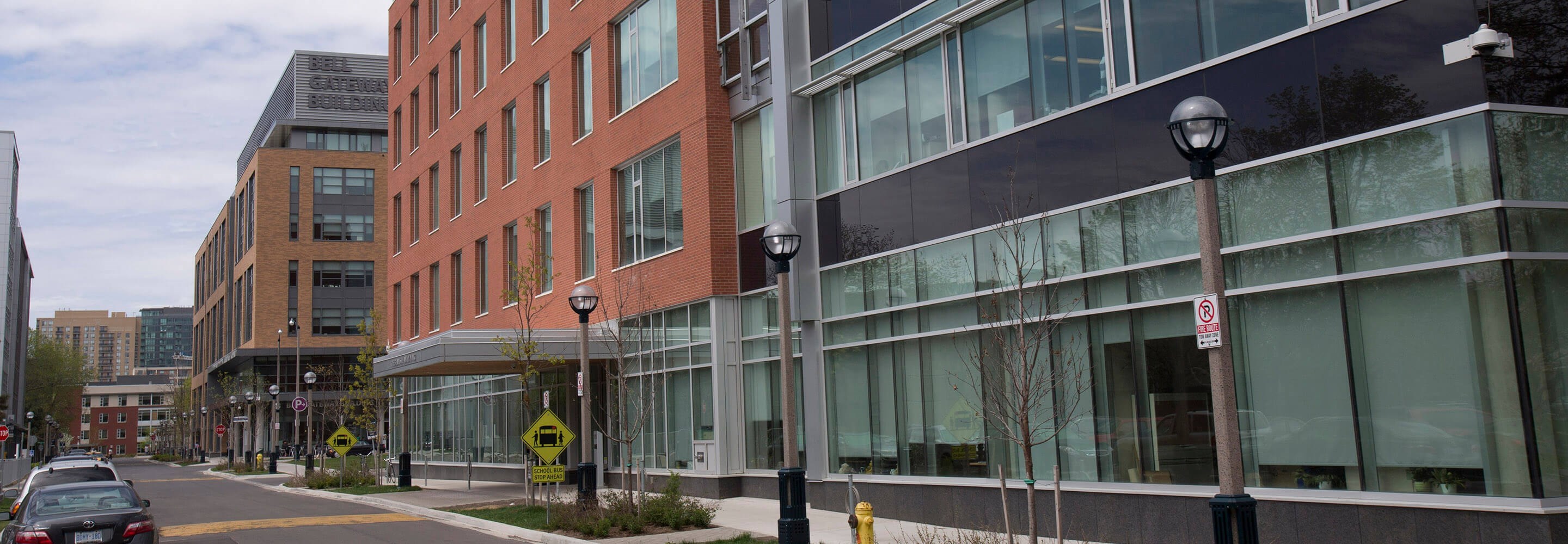Quality improvement
Accreditation Canada 2023: Exemplary Standing
Accreditation Canada is a not-for-profit, independent organization that conducts external peer reviews to assess the safety and quality of health care organizations’ services based on standards of excellence.
In June 2023, CAMH was accredited with Exemplary Standing – the highest rating available by Accreditation Canada – meeting 99.7% of the requirements of the Accreditation Qmentum program.
Participating in Accreditation demonstrates our commitment to continuous quality improvement, safety and accountability and ensures that we are providing the safest and highest level of quality care possible.
Read Accreditation Canada’s 2023 Executive Summary Report here.
Quality Improvement Plan (QIP)
The Excellent Care for All Act (ECFAA) requires all hospitals to develop an annual Quality Improvement Plan (QIP), which is submitted to Ontario Health. The QIP is a formal, documented set of quality commitments that we make to our patients, staff and community. The QIP is developed under a common provincial vision; however, it is organization-specific and designed to build off previous years’ QIPs in a focused and continuous quality improvement approach. The development of our QIP is a collaborative and shared responsibility within our organization. The engagement process involves discussion and feedback from our patients, families, staff, physicians and leadership at multiple tables and levels. The Clinical Quality Committee of the Board of Trustees oversees the preparation of our annual QIP and the Board of Trustees approves the QIP, ensuring that priorities and initiatives are consistent with broader organizational and provincial quality strategies. The QIP consists of three components: Narrative, Workplan, and the Progress Report. Work on the QIP takes place throughout the year, as change initiatives are tested and implemented.
- 2025-26 Quality Improvement Plan (QIP) Narrative
- 2025-26 Quality Improvement Plan (QIP) Workplan
- 2024-25 Quality Improvement Plan (QIP) Progress report
- 2024-25 Quality Improvement Plan (QIP) Narrative
- 2024-25 Quality Improvement Plan (QIP) Workplan
- 2023-24 Quality Improvement Plan (QIP) Progress Report
- 2023-24 Quality Improvement Plan (QIP) Narrative
- 2023-24 Quality Improvement Plan (QIP) Workplan
- 2022-23 Quality Improvement Plan (QIP) Progress Report
- 2022-23 Quality Improvement Plan (QIP) Narrative
- 2022-23 Quality Improvement Plan (QIP) Workplan
- 2021-22 Quality Improvement Plan (QIP) Progress Report
- 2021-22 Quality Improvement Plan (QIP) Narrative
- 2021-22 Quality Improvement Plan (QIP) Workplan
- 2020-21 Quality Improvement Plan (QIP) Progress Report
- 2020-21 Quality Improvement Plan (QIP) Narrative
- 2020-21 Quality Improvement Plan (QIP) Workplan
- 2019-20 Quality Improvement Plan (QIP) Progress Report
- 2019-20 Quality Improvement Plan (QIP) Narrative
- 2019-20 Quality Improvement Plan (QIP) Workplan
- 2018-19 Quality Improvement Plan (QIP) Progress Report
- 2018-19 Quality Improvement Plan (QIP) Narrative
- 2018-19 Quality Improvement Plan (QIP) Workplan
- 2017-18 Quality Improvement Plan (QIP) Progress Report
- 2017-18 Quality Improvement Plan (QIP) Narrative
- 2017-18 Quality Improvement Plan (QIP) Workplan
- 2016-17 Quality Improvement Plan Progress Report
- 2016-17 Quality Improvement Plan (QIP) Narrative and Workplan
- 2015-16 Quality Improvement Plan Progress Report
- 2015-16 Quality Improvement Plan Narrative and Workplan
- 2014-15 Quality Improvement Plan Progress Report
- 2014-15 Quality Improvement Plan
- 2013-14 Quality Improvement Plan Progress Report
- 2013-14 Quality Improvement Plan
- 2012-13 Quality Improvement Plan Progress Report
- 2012-13 Quality Improvement Plan
Balanced Scorecard
The Balanced Scorecard measures performance, at a high level, on a number of key indicators that are selected as one means of telling the story of CAMH’s progress in pursuit of its Strategic Directions, goals and objectives. A dashboard reporting the status of all indicators provides an overview of the organization’s performance on a quarterly basis of continued strategic development as well as the performance and trending of individual indicators.


